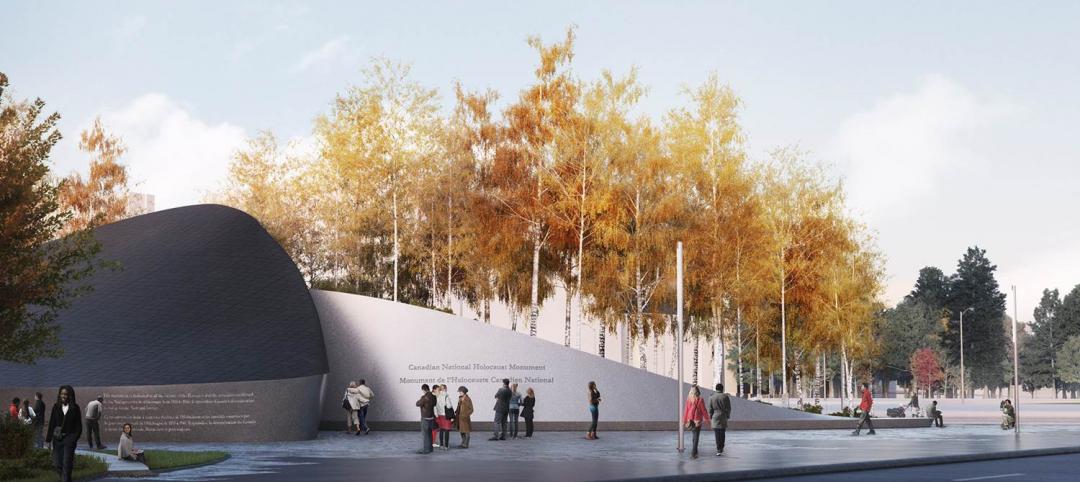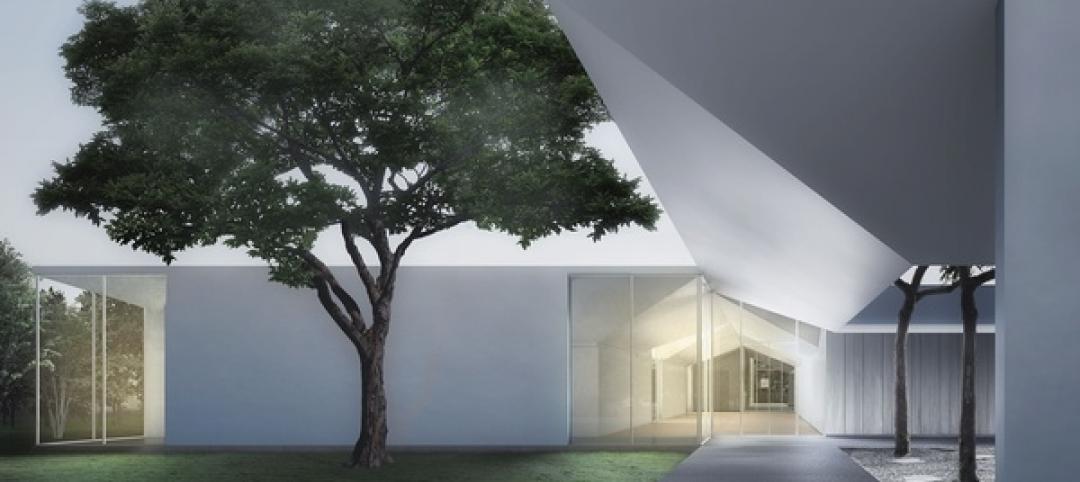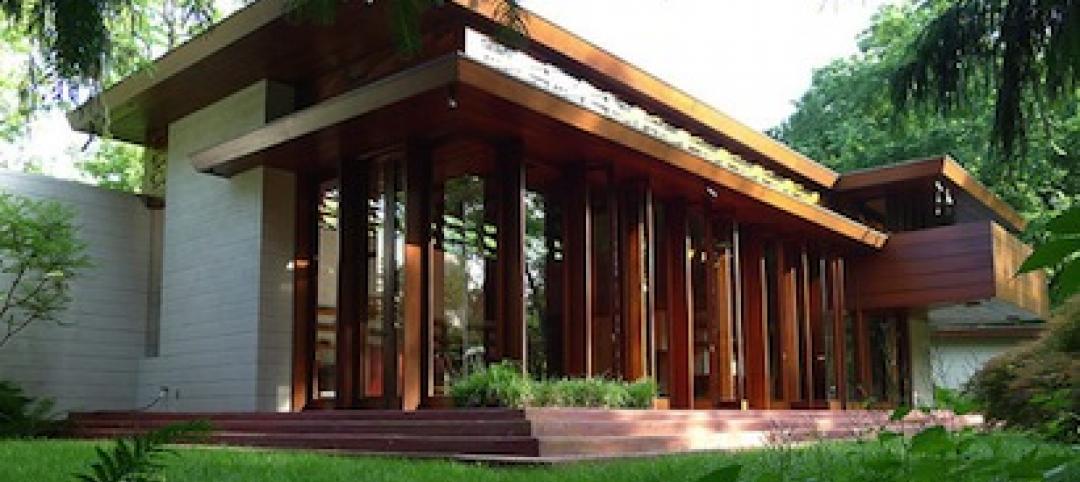 |
|
The newly renovated Fox Oakland Theater is the centerpiece of a plan to revitalize the Uptown district and bring people back to downtoan Oakland. The theater had been boarded up since 1966. |
The story of the Fox Oakland Theater is like that of so many movie palaces of the early 20th century. Built in 1928 based on a Middle Eastern-influenced design by architect Charles Peter Weeks and engineer William Peyton Day, the 3,400-seat cinema flourished until the mid-1960s, when the trend toward smaller multiplex theaters took its toll on the Fox Oakland.
The theater closed in 1966 and dodged demolition several times before making the National Register of Historic Places in 1979. It would remain vacant and in shambles for nearly two decades.
In 1996, then-Mayor Jerry Brown—at the urging of a citizens group called the Friends of the Fox—designated the Fox Oakland Theater the centerpiece of a plan to revitalize the Uptown district and bring people back to the city's core. The city purchased the building and, following several restoration projects between 1999 and 2001 to repair the roof and marquee, embarked on an all-out effort to modernize and transform the theater into world-class performing arts venue and dance school for the Oakland School for the Arts.
 |
|
The Building Team used a series of braces, shear walls, reinforced slabs, and buttresses to stabilize both the new and existing structures without adversely impacting the visual grandeur of the theater. |
Key to the mayor's plan was a public-private funding approach proposed by local developer Phil Tagami that would help cover the $87 million price tag for the project, which included a complete restoration and seismic retrofit of the theater and construction of twin three-story wings for the dance school.
Tagami established both nonprofit and for-profit entities that could contribute funds to the project and benefit from available tax credits and grants. He also worked with city officials and the project's construction manager, Turner Construction, to involve as many local firms and minority- women-owned business enterprises as possible.
“I like how they involved so much of the local workforce,” said Reconstruction Awards judge Matthew H. Johnson, PE, associate principal with Simpson Gumpertz & Heger, Waltham, Mass. “The team split the sub packages into small pieces so that virtually any local firm could work one of the projects.”
To make this delivery approach feasible, the team had to obtain city council approval for a special contracting approach that permitted engaging multiple entities under a management structure. Such an approach is unusual in city projects, which normally are bid in a public, low-bid process that also involves a claims and dispute component. In all, the project created 394 construction jobs, roughly half of which were performed by local workers.
The project scope encompassed 17 major components, including restoring the theater, stage, fly-loft, and supporting infrastructure; stabilizing the 60-foot-tall dome structure over the entrance; reconfiguring the theater floors, stage, orchestra pit, rigging, proscenium, and theater controls; adding theater power, lighting, sound, and air-conditioning systems; and constructing the twin 20,000-sf additions.
But it was the seismic retrofit efforts led by Oakland-based KPA Group that received the most praise from the Reconstruction Awards judges. They were particularly impressed with the Building Team's ability to stabilize both the new and existing structures without adversely impacting the visual grandeur of the theater. The effort involved devising multiple solutions (see diagram), including:
-
Reducing the seismic demands on the main roof diaphragm by inserting new buttresses on each side of the roof mid-span of the diaphragm. These buttresses were also utilized to stabilize the farthest end of the cantilevered balcony structure, eliminating torsion and reducing the demand on the back of theater wall.
-
Reinforcing the proscenium wall and the back-of-theater wall with shotcrete walls and steel framing. The new walls were placed behind existing heavily ornamented walls and are hidden from view.
-
Stabilizing the dome structure with twin U-shaped walls constructed immediately to the north and south of the entrance structure and doweled into the existing walls. The new walls were then interconnected to each other and to the sides of the entrance structure at several levels, thereby boxing the entire dome and entrance building inside new well-reinforced walls designed for the entire lateral load of the dome and entrance structure under the dome.
-
Stabilizing existing brick walls by connecting the brick to a series of structural tubes epoxy bolted into the back of the walls. New steel channels were added to brick pilasters that, in turn, were integrated as part of the street-level façade of the new school buildings.
-
Incorporating a series of horizontal steel tubes, shear walls, a horizontal steel diaphragm structure, and a reinforced slab on grade to stabilize the wraparound buildings.
“It was a good, clean job,” said SGH's Johnson of. “I think they did the seismic retrofit intelligently.”
Related Stories
| Feb 28, 2014
Six finalists selected in design competition for Canadian Holocaust monument
David Adjaye and Daniel Libeskind are among the finalists for the National Holocaust Monument, planned near the Canadian War Museum in Ottawa.
| Feb 24, 2014
New Menil Drawing Institute will fit in with leafy surroundings
In Houston, plans are being finalized for the first freestanding American building built to house and conserve modern and contemporary drawings.
| Jan 30, 2014
How reverse engineering nature can spur design innovation
It’s not enough to copy nature. Today’s designers need a deeper understanding of environmental nuance, from the biome in.
| Jan 28, 2014
16 awe-inspiring interior designs from around the world [slideshow]
The International Interior Design Association released the winners of its 4th Annual Global Excellence Awards. Here's a recap of the winning projects.
| Jan 27, 2014
A climber's dream: Rock climbing hall planned near Iran's highest peak
Forget the rock climbing wall. A developer in Iran is building a rock climbing hall. That's right, an entire building dedicated to the sport, with more than 48,000 sf of program space.
| Jan 17, 2014
Crystal Bridges Museum will move Frank Lloyd Wright house from New Jersey to Arkansas
Numerous architectural experts have concluded that moving the Bachman Wilson House offers its best hope for long-term survival.
| Jan 13, 2014
Custom exterior fabricator A. Zahner unveils free façade design software for architects
The web-based tool uses the company's factory floor like "a massive rapid prototype machine,” allowing designers to manipulate designs on the fly based on cost and other factors, according to CEO/President Bill Zahner.
| Jan 11, 2014
Getting to net-zero energy with brick masonry construction [AIA course]
When targeting net-zero energy performance, AEC professionals are advised to tackle energy demand first. This AIA course covers brick masonry's role in reducing energy consumption in buildings.
| Dec 30, 2013
Calatrava facing legal action from his home town over crumbling cultural complex
Officials with the city of Valencia, Spain, are blaming Santiago Calatrava for the rapid deterioration of buildings within its City of Arts and Sciences complex.
| Dec 19, 2013
Mastering the art of crowd control and visitor flow in interpretive facilities
To say that visitor facility planning and design is challenging is an understatement. There are many factors that determine the success of a facility. Unfortunately, visitor flow, the way people move and how the facility accommodates those movements, isn’t always specifically considered.
















